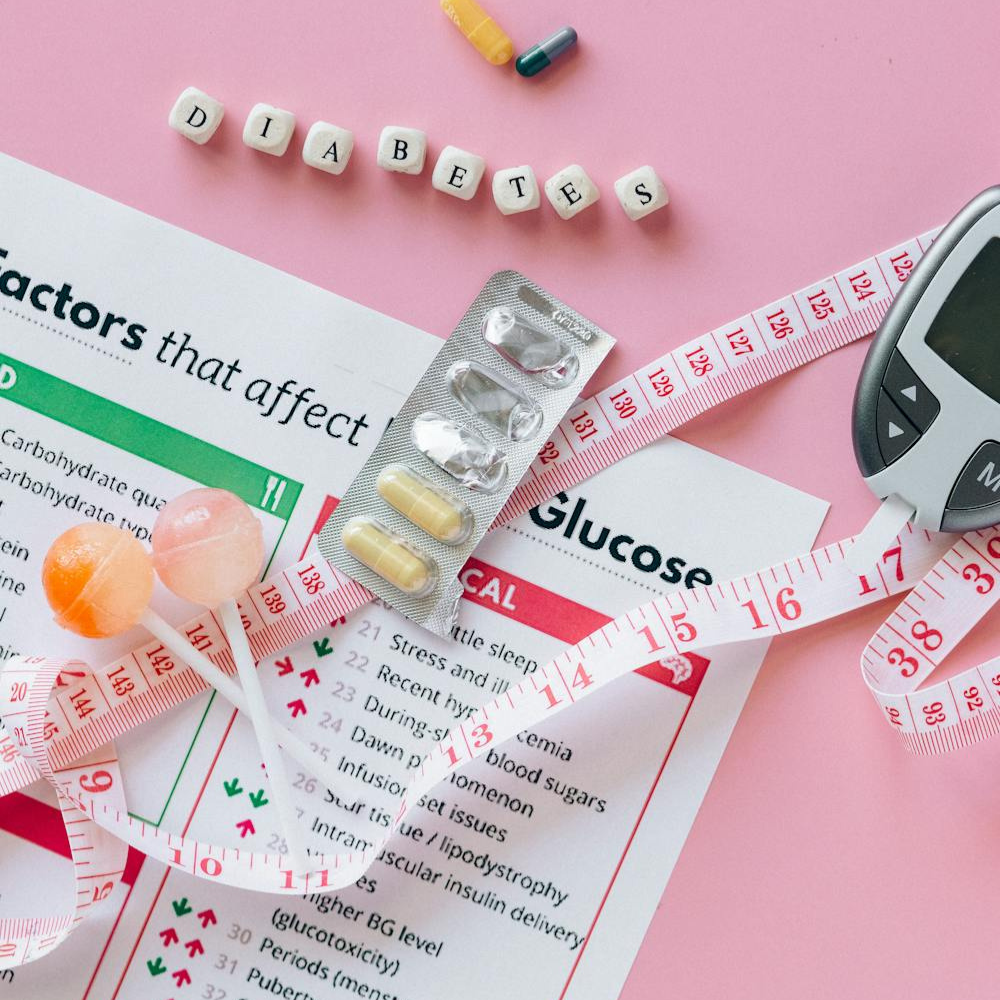
Building muscle isn’t just a fitness trend, it’s one of the most effective ways to boost metabolism and support a healthier lifestyle. Muscle building has long lasting metabolic benefits, as muscle tissue requires more energy to maintain than fat, helping to burn calories even at rest. Building and maintaining muscle requires consistency.
Experts like Dr. Wayne Westcott, a researcher in exercise science, recommend strength training at least 2-3 times per week to see sustained metabolic benefits. He emphasizes that “regular strength training not only builds muscle but also helps prevent the metabolic slowdown associated with aging.” By combining regular workouts with a diet rich in protein and thermogenic foods, you can keep your metabolism active and functional.
How Muscle-Building Boosts Metabolism
Metabolism refers to the body’s process of converting food into energy. People with a higher metabolic rate burn calories more efficiently, which is beneficial for managing weight, energy levels, and overall health. Muscle tissue is metabolically active, which means that increasing muscle mass raises your basal metabolic rate (BMR)—the calories burned at rest.
Resting Metabolic Rate (RMR) is the amount of energy your body needs to function at rest. It’s the energy required to keep your vital organs working, such as your heart, lungs, brain, and kidneys. Factors like age, sex, height, weight, and muscle mass influence your RMR.
RMR is different from Basal Metabolic Rate (BMR), which is the minimum amount of energy your body needs to function at rest. RMR includes some low-level activity, like eating, going to the bathroom, or walking short distances.
“For every pound of muscle you gain, you can expect a slight increase in your resting metabolic rate,” explains Dr. William Kraemer, a professor of kinesiology. This makes muscle-building a powerful tool not only for fitness but for long-term health as well.
Dr. Brad Schoenfeld, a renowned strength and conditioning researcher, has extensively studied the relationship between muscle building and metabolism. He emphasizes that muscle tissue is metabolically active, requiring energy for its maintenance and growth. This increased metabolic demand translates to a higher resting metabolic rate (RMR). He also highlights the impact of muscle building on insulin sensitivity. Muscle tissue is highly responsive to insulin, leading to improved glucose uptake and utilization. This can help regulate blood sugar levels and reduce the risk of insulin resistance and type 2 diabetes.
The Science of Muscle Growth and Calorie Burning
Do you know that when you engage in resistance training, your muscles undergo microscopic tears that repair and grow back stronger. This process, called muscle hypertrophy, requires energy, which the body draws from calories. Additionally, muscle requires more energy for upkeep than fat, meaning that the more muscle mass you have, the more calories you’ll burn even when you’re not working out. In short, muscle-building creates a “metabolic boost” that sustains calorie burn well after your workout.
Building muscle goes beyond fitness; it’s a sustainable approach to enhancing metabolism, energy levels, and overall health. With a variety of nutritious foods, you can naturally support your muscle-building goals and boost your metabolism—making you stronger, healthier, and more resilient for years to come.
Categories
- Healthy Lifestyle (3)
- Mental Wellness (4)
- Physical Fitness (6)
- Self Development (6)
- Tips (3)



